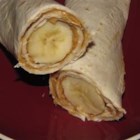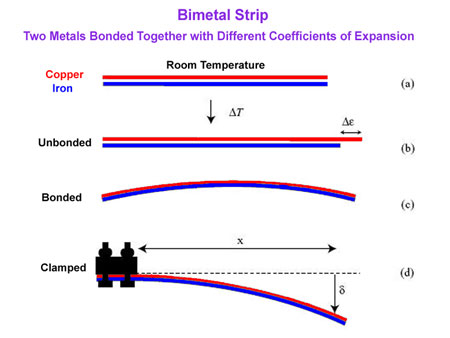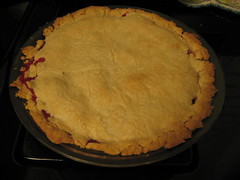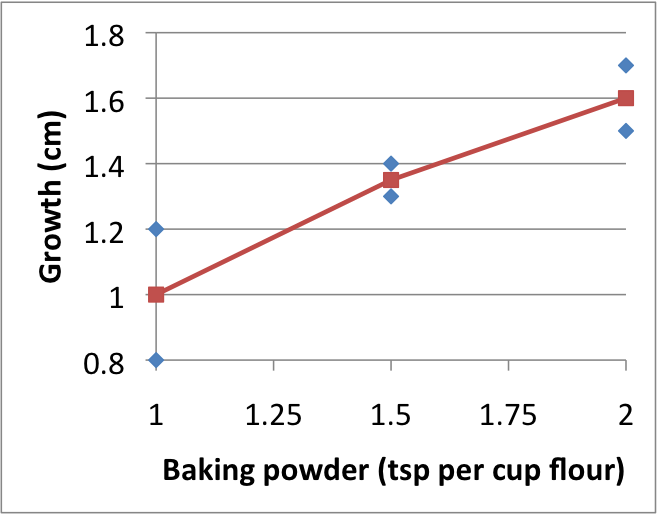Change your diet, your exercise, and your community
May 6th, 2010 at 12:00 pm (Cooking, Food, Society)
At a recent community event, I came across a booth put up by Champions for Change, a California organization devoted to improving health through the consumption of fruits and vegetables, exercise, and community activism. Their website is interesting to browse, containing not only a plethora of healthy recipes and tips for increasing your physical activity, but also strongly encouraging readers to agitate for change where change is needed. From How to Make Healthy Changes:
Examples of things you can advocate for in your community:
- Ask your local grocery store to sell quality fruits and vegetables at a low price.
- Ask for a local farmers’ market in your community.
- Ask about starting a community garden in your neighborhood.
- Work with local schools to get after-hours and weekend access to play yards, gyms, and/or parks.
- Ask the Department of Transportation to add bicycle lanes in your community.
- Partner with the Department of Parks and Recreation to clean up the walking paths in your local parks.
I was really impressed by how, rather than expecting you to passively receive and implement someone else’s tips for healthy living, this organization emphasizes your active role in identifying ways your community can be improved and then making those changes happen. And that can apply much more broadly than just to physical health issues, of course!
 Locally, Champions for Change goes into our elementary schools and shows kids what healthy meals look like. Ideally, we’ll get away from the specter of children unable to identify a tomato! At the booth, they were making and giving out samples of Banana Tortilla Snacks: spread some peanut butter on a wheat tortilla (only in a single stripe, not coating the whole thing), sprinkle some raisins on, then peel a banana and put it on top, then roll the tortilla up. You have an instant, easy snack that can be consumed by the maker or sliced up to provide multiple tasty treats for others. This is considered healthy due to its inclusion of fruits and protein without going overboard on carbs and fat. It’s so tasty that I feel a little skeptical about just how “healthy” it is, but I’m not complaining. :) I could probably do with a larger dose of fruit, vegetables, protein, and exercise in my own life… and maybe even some community-oriented activism!
Locally, Champions for Change goes into our elementary schools and shows kids what healthy meals look like. Ideally, we’ll get away from the specter of children unable to identify a tomato! At the booth, they were making and giving out samples of Banana Tortilla Snacks: spread some peanut butter on a wheat tortilla (only in a single stripe, not coating the whole thing), sprinkle some raisins on, then peel a banana and put it on top, then roll the tortilla up. You have an instant, easy snack that can be consumed by the maker or sliced up to provide multiple tasty treats for others. This is considered healthy due to its inclusion of fruits and protein without going overboard on carbs and fat. It’s so tasty that I feel a little skeptical about just how “healthy” it is, but I’m not complaining. :) I could probably do with a larger dose of fruit, vegetables, protein, and exercise in my own life… and maybe even some community-oriented activism!



